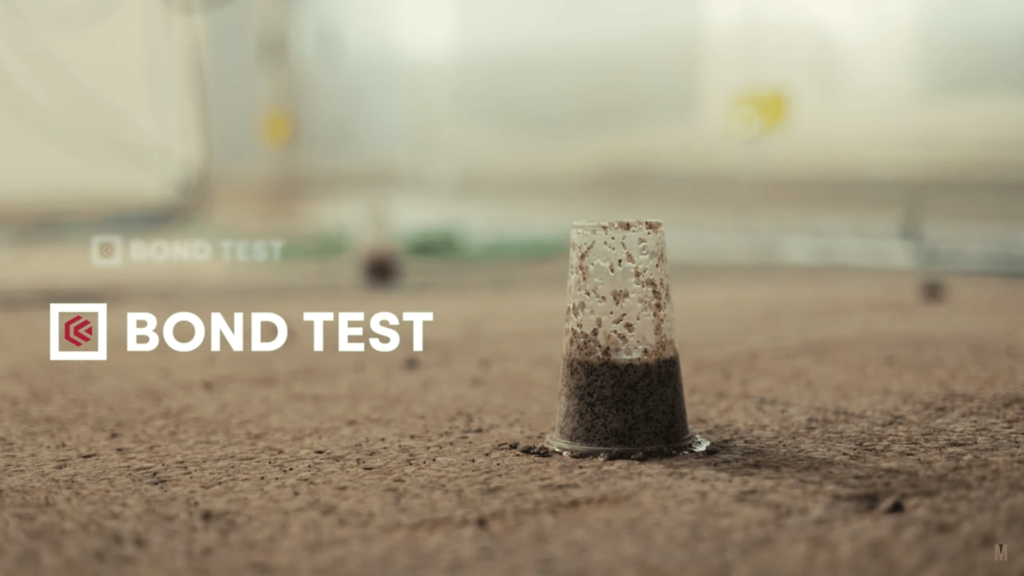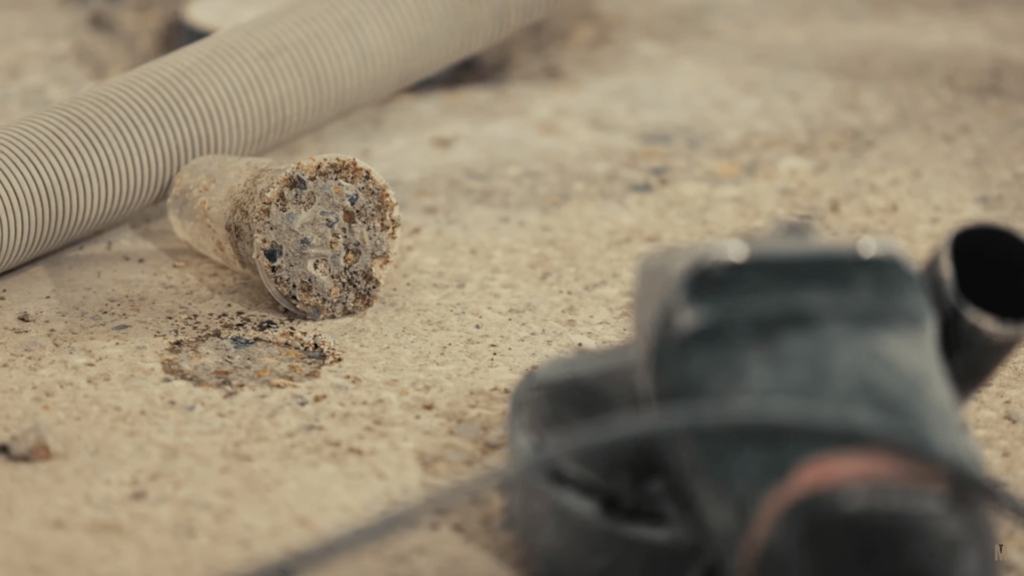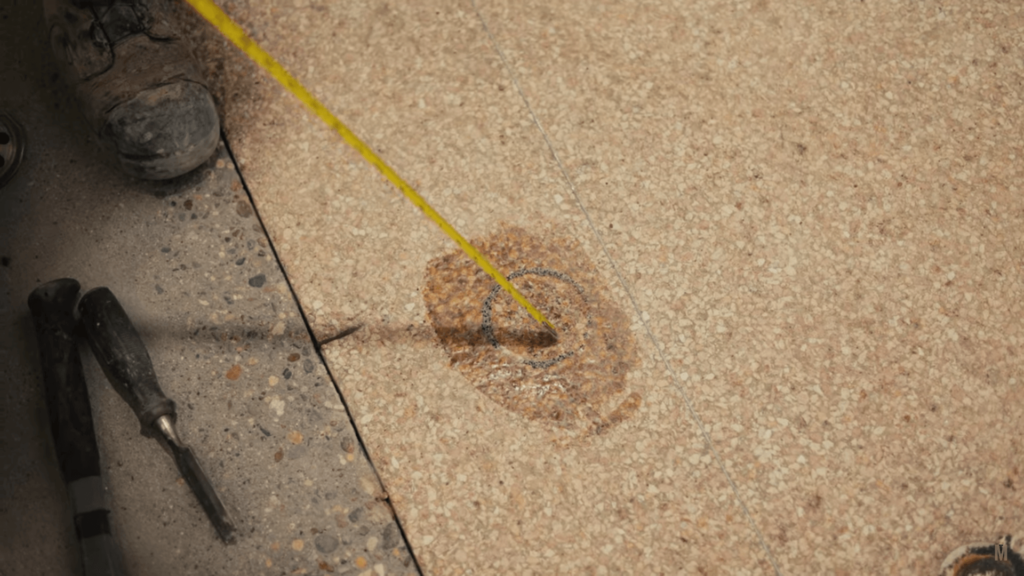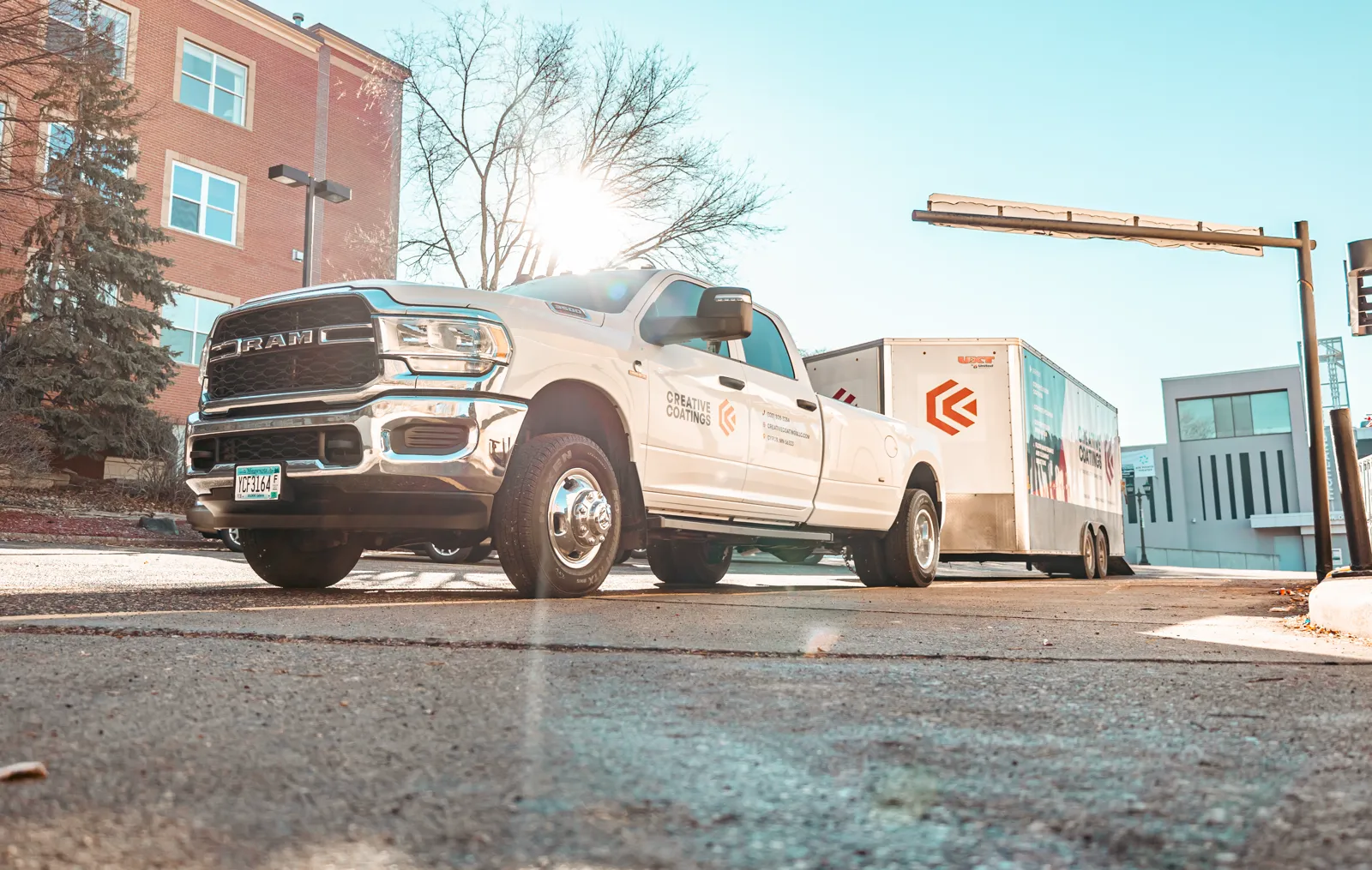In floor coatings, a bond test is a crucial step that checks the adhesion of a coating to a surface. This test is not just to tick a box. It’s an important part of ensuring that the coating is effective and will last as long as it should. Whether it’s a polyurea or epoxy floor coating, a bond test can predict its long-term performance. It’s a cost-effective way to prevent potential coating failures. In this article, we’ll get into what a bond test is, why it’s important, and how it helps you with succeeding with your floor coating application.
Table of Contents
Understanding Bond Tests
A bond test, in simple terms, is an assessment of adhesion. It measures how well a coating sticks to the surface it’s applied to. This test is performed before the full application of the coating, just after the floor has been prepped. It helps to ensure that the coating will stick properly and last a long time. The bond test is based on principles of adhesion and bond strength. Poor adhesion can lead to coating failure, making bond tests helpful in the long run.

The Importance of Bond Testing in Floor Coatings
Bond testing is crucial in the application of floor coatings. It ensures the coating will adhere properly to the floor surface. Without making sure that the surface is ready to be coated, you may be risking the coating peeling or cracking over time, due to an unprepared surface. This can lead to costly repairs and replacements.
Bond tests are especially important for high-traffic areas and industrial settings. These areas require durable and long-lasting floor coatings. By being able to predict the long-term performance, bond tests help us understand how to move forward with the coating process.
How is a Bond Test Performed?
A bond test begins with surface preparation. The floor surface must be prepared with tools like a diamond grinder or shot blaster, and then it must be cleaned thoroughly by vacuuming up any debris.
Next, a small area of the floor is coated by filling a plastic cup halfway with the coating solution and then flipping the cup over onto the concrete which will allow the coating to bond to the concrete. Once the solution is cured, you can knock the cup over with a rubber mallet to assess the adhesion. Nine times out of ten, a portion of the concrete will be removed with the sample. This happens if the concrete is prepared correctly.
Looking to get your garage floor professionally coated? Creative Coatings would be honored to coat your floor! Get a free quote now by calling us (320)-808-3284 or by contacting us directly on our site!

Common Floor Coatings That Require Bond Testing
There are several types of floor coatings that bond testing would be good to do with. Two of the most common are polyurea and epoxy floor coatings.
- Polyurea coating is known for its fast curing time and high durability. It’s often used in industrial settings due to its resistance to chemicals and abrasion.
- Epoxy floor coating is popular for its high gloss finish and excellent adhesion. It’s commonly used in commercial and residential settings for its aesthetic appeal and easy maintenance.
- MMA Coating is the strongest coating on the market. Known for its super fast cure times and extra layers of durability, it’s no wonder this the first choice of any commercial project.
All three of these coatings require a strong bond with the substrate to perform effectively. Hence, bond testing is really important.
Interpreting Bond Test Results
Interpreting bond test results is a critical step in the process. The results can indicate the strength of the bond between the coating and the substrate. If the bond strength is high, it suggests a successful adhesion. This means the coating is likely to perform well over time. On the other hand, a low bond strength indicates poor adhesion. This could lead to premature coating failure, requiring costly repairs or replacement.
Nine times out of ten, a portion of the concrete will be removed with the sample, showing that the coating solution is stronger than the concrete itself.


The Role of Bond Tests in Preventing Coating Failures
Bond tests play a crucial role in preventing coating failures. They help identify potential issues before the coating is applied. If a bond test reveals poor adhesion, corrective measures can be taken. This might involve a more rigorous surface preparation phase to ensure a better floor profile. By preventing coating failures, bond tests save time, money, and resources. They ensure the longevity and effectiveness of floor coatings.
Conclusion: The Long-Term Benefits of Bond Testing
In conclusion, bond testing is a vital step in floor coating applications. It ensures the durability and longevity of the coating. By predicting the performance of a coating, it helps avoid costly repairs and replacements. So, whether it’s for a home renovation or a large-scale construction project, don’t overlook the importance of a bond test.


